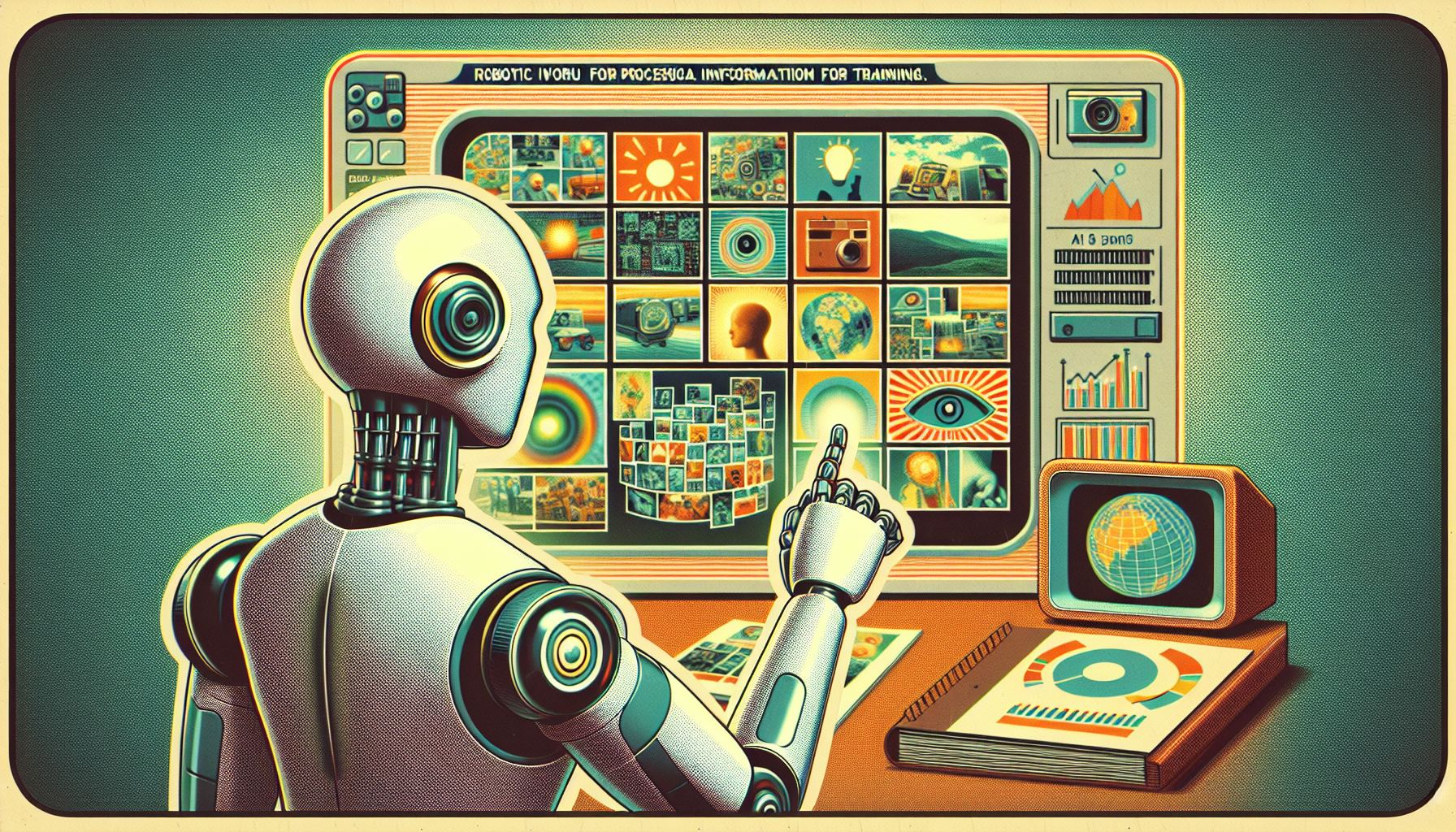In the fascinating world of robotics, a groundbreaking development has taken center stage: AI systems now train robots using photos and videos. This innovation tackles a significant hurdle in the field—how to efficiently and affordably train robots for dynamic environments when real-world data is scarce and costly.
### The Robot Training Dilemma
Robots traditionally struggle with training due to limited data availability. Unlike text-based AI models, which are fed enormous volumes of text, photos, and video to learn from, teaching robots requires specific and intricate data. Think of a skilled 3D artist spending over 900 painstaking hours to craft a digital simulation of just one apartment. Clearly, more sustainable methods are needed.
### Meet RialTo and URDFormer
Researchers from the University of Washington present two revolutionary AI systems: RialTo and URDFormer.
#### RialTo’s Approach
RialTo simplifies space scanning—grab your smartphone, and with a few scans, capture the geometric essence of a space. This process generates a “digital twin,” an accurate simulation where objects and their functions (like how a drawer opens) are precisely defined. Robots can then practice these tasks in varied scenarios within this virtual world.
#### URDFormer’s Technique
URDFormer takes efficiency further by using online images to build realistic environments. Eliminating the prerequisite of video scanning or expensive equipment, it uses a generative model to transform synthetic images into lifelike ones. This enables robots to simulate training in environments resembling real-world scenarios, enhancing their adaptability.
### Learning Through Human Lenses
A noteworthy breakthrough by Meta AI harnesses human interaction videos for robot coaching. A visual model, inspired by the human brain’s visual cortex, is trained using vast first-person video datasets like Ego4D. This allows robots to mimic human actions such as navigating and adjusting household items, preparing them to tackle new, untrained spaces.
### Real-to-Sim-to-Real Innovation
A collaboration among researchers from Singapore and China explores a Real-to-Sim-to-Real framework. In this methodology, robots learn complex maneuvers like tying a knot by observing human video demonstrations. The motion is tracked, simulated, and refined through reinforcement learning before being executed by a real robot. This innovation bridges the gap between virtual training and tangible application.
### AI-Generated Imagery in Training
In a London-based lab, researchers experiment with AI-generated images to enrich robot training data. By leveraging models like Stable Diffusion, they transpose sensor data onto visual inputs—illustrating actions like opening boxes—for clearer training guidance. Although current success rates need improvement, the potential for enhanced training speed and precision is promising.
### A Vision for the Future
These advancements usher in a new epoch in robotic training with clear benefits:
– **Cost Savings**: Photos and videos reduce the need for costly data gathering.
– **Speed**: Simulations streamline learning and enrich training scenarios.
– **Flexibility**: Simulated training preps robots for diverse, unfamiliar settings.
The road ahead is filled with promise. Researchers aim to push these frameworks into increasingly complex tasks and settings. Enhancements like refining URDFormer for realistic digital scene adjustments or expanding Real2Sim for broader tasks are just the beginning. Integrating video-based AI for anticipatory action planning also looms on the horizon.
In summary, the emergence of these AI-powered methods from photos and videos is transforming robotics. By dismantling traditional training barriers, these innovations herald the dawn of more efficient, budget-friendly and versatile robotic systems.

Leave a Reply